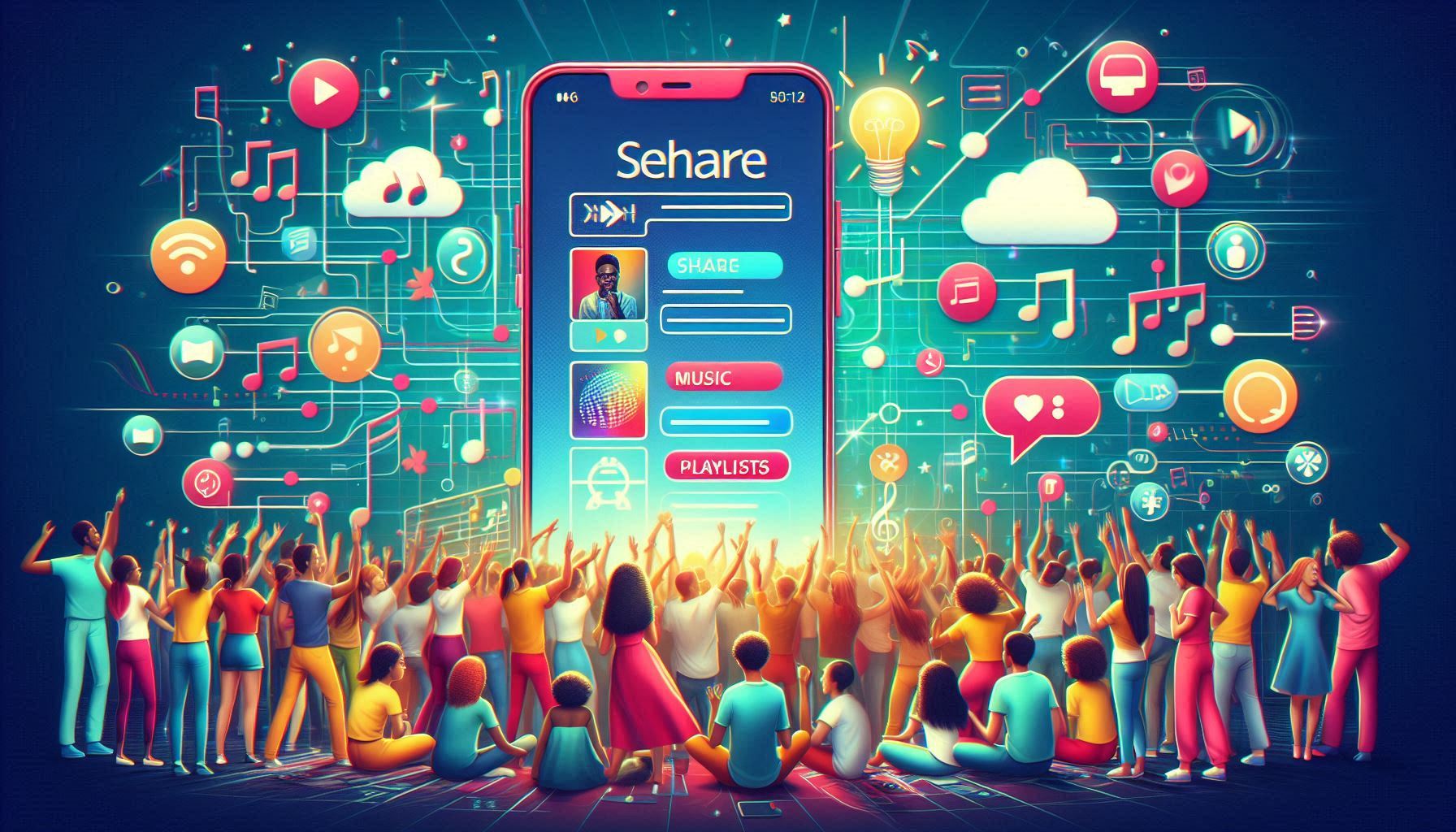
In today's digital world, music is more than just an individual experience; it’s about sharing, discovering, and connecting with others. With the rise of social platforms and collaborative consumption, music lovers are looking for ways to share their favourite songs and playlists with friends, family, and a wider community. The Spotify Downloader API enables just that—allowing developers to create a truly social music experience by fetching, sharing, and managing playlists. Whether it's for building a social media platform or a music-sharing app, this API offers seamless functionality for enhancing user interaction through music.
In this blog, we will explore how the Spotify Downloader API can be leveraged to create a social music experience by fetching and sharing playlists, while also examining the benefits of social engagement through music.
Music has always been a social activity—whether it’s attending concerts, exchanging mixtapes, or discussing favourite songs with friends. In the era of digital streaming, sharing music has evolved into a virtual experience, where users can:
The Spotify Downloader API provides the tools to integrate these features into apps, allowing users to share and discover playlists, creating a dynamic social experience around music.
The Spotify Downloader API provides easy-to-use endpoints that allow developers to fetch and manage playlists. Below is a step-by-step guide on how to use the API to create a social music experience through playlist sharing.
Before accessing or managing user playlists, you need to authenticate users. Spotify uses OAuth for secure authentication, ensuring that only authorised users can access their playlists.
Example Authentication Request:
axios.get('https://accounts.spotify.com/authorize', {
params: {
client_id: 'your_client_id',
response_type: 'token',
redirect_uri: 'your_redirect_uri',
scope: 'playlist-read-private playlist-modify-public playlist-modify-private',
},
});
Once the user is authenticated, you can fetch their playlists using the API’s endpoint. This can be used to display their playlists in your app or website.
Example API Call to Fetch Playlists:
axios.get('https://api.spotify.com/v1/me/playlists', {
headers: {
Authorization: `Bearer ${access_token}`,
},
})
.then(response => console.log(response.data))
.catch(error => console.error(error));
You can allow users to create their own playlists. This is a great way to enable them to build custom collections for specific occasions or themes.
Example API Call to Create a Playlist:
axios.post('https://api.spotify.com/v1/users/{user_id}/playlists', {
name: 'Summer Vibes',
description: 'A playlist for sunny days',
public: true,
}, {
headers: {
Authorization: `Bearer ${access_token}`,
},
})
.then(response => console.log(response.data))
.catch(error => console.error(error));
Once a playlist is created, you can add tracks to it by using the track URIs. This is useful when users want to personalise their playlists or add new tracks to an existing collection.
Example API Call to Add Tracks to a Playlist:
axios.post('https://api.spotify.com/v1/playlists/{playlist_id}/tracks', {
uris: ['spotify:track:4NHQUGzhtTLFvgF5SZesLK'],
}, {
headers: {
Authorization: `Bearer ${access_token}`,
},
})
.then(response => console.log(response.data))
.catch(error => console.error(error));
The Spotify Downloader API also allows you to create collaborative playlists. By setting the collaborative flag to true, users can work together to create a playlist.
Example API Call for Collaborative Playlists:
axios.put('https://api.spotify.com/v1/playlists/{playlist_id}', {
collaborative: true,
public: true,
}, {
headers: {
Authorization: `Bearer ${access_token}`,
},
})
.then(response => console.log(response.data))
.catch(error => console.error(error));
You can generate a shareable link for the playlist, making it easy for users to share it with their friends or on social media platforms.
Example API Call to Get Playlist Link:
const playlistLink = `https://open.spotify.com/playlist/${playlist_id}`;
The Spotify Downloader API offers an excellent opportunity for developers to enhance the social aspect of music by enabling users to fetch, create, and share playlists seamlessly. Whether it’s collaborating with friends on a playlist or sharing a personal favourite on social media, the API’s functionalities make it easier than ever to bring a social touch to your music experience.
By integrating playlist management, collaborative features, and social sharing capabilities, you can create a platform that not only enhances the music experience but also connects users in meaningful ways. Start building your social music experience today with the Spotify Downloader API!
Hi there!
Let's help you find right APIs!